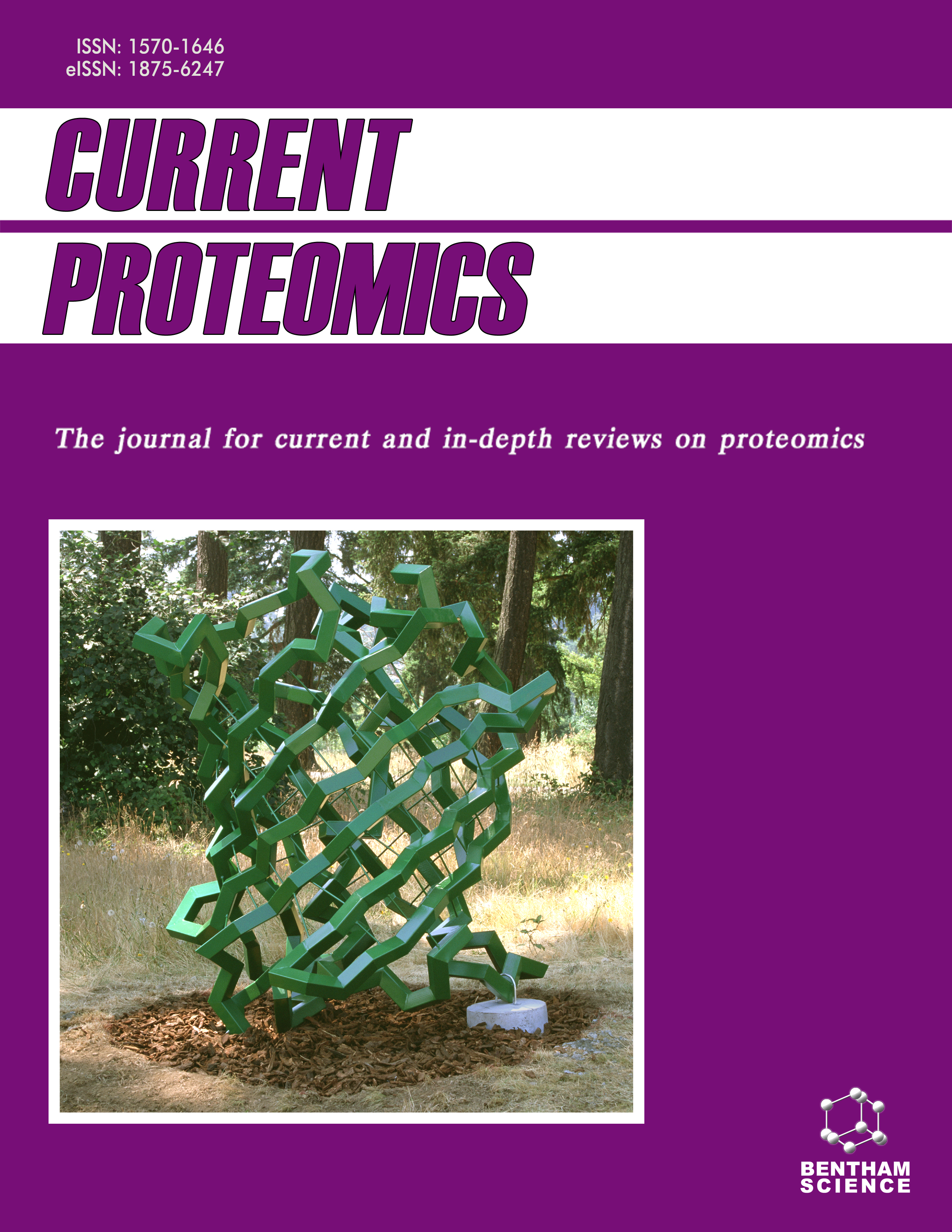
Full text loading...
Ovarian cancer is the third most common gynecological cancer worldwide. The majority of ovarian cancer instances are identified at later stages of progression, resulting in a significantly elevated mortality rate. Additionally, the absence of reliable prognostic biomarkers significantly limits the effectiveness of prediction and personalized treatment approaches. Ubiquitination, a protein modification process intricately associated with diverse tumor-related biological pathways, occupies a central position within the tumor microenvironment (TME). However, its specific mechanisms in ovarian cancer remain inadequately understood.
In this study, we explored ubiquitination-related genes at both single-cell and bulk transcriptome levels utilizing algorithms, such as AddModuleScore, single-sample Gene Set Enrichment Analysis (ssGSEA), and Weighted Gene Co-Expression Network Analysis (WGCNA). We then designed a novel machine learning framework featuring 10 algorithms and 101 combinations to establish a Ubiquitination-Related Signature (URS), which was validated in both training and external datasets. Additionally, we developed a comprehensive nomogram for clinical prognosis based on the URS. To thoroughly investigate prognostic characteristics, we applied multi-omics data. This analysis provided a deep understanding of the prognostic signature. Furthermore, we assessed the response of different risk subgroups to immunotherapy and identified suitable drugs for specific risk profiles, thereby advancing personalized medicine.
In this research, we discovered 35 ubiquitination-related genes significantly linked to the prognosis of ovarian cancer. Our univariate and multivariate assessments indicated that the low-risk cohort exhibited a better survival rate than the high-risk cohort, suggesting the potential of the model as an independent prognostic marker. The nomogram based on the URS offers a quantitative tool for clinical applications and can be effectively utilized in healthcare settings. Moreover, we observed significant differences in biological functions, mutation patterns, and immune cell infiltration within the tumor microenvironment between the high-risk and low-risk groups. Additionally, we highlighted potential drugs tailored for specific risk categories.
We developed and validated a signature related to ubiquitination for ovarian cancer, which shows potential as a reliable predictor of prognosis. Investigating ubiquitination paves the way for innovative clinical strategies and novel anti-tumor therapies.

Article metrics loading...

Full text loading...
References


Data & Media loading...
Supplements

